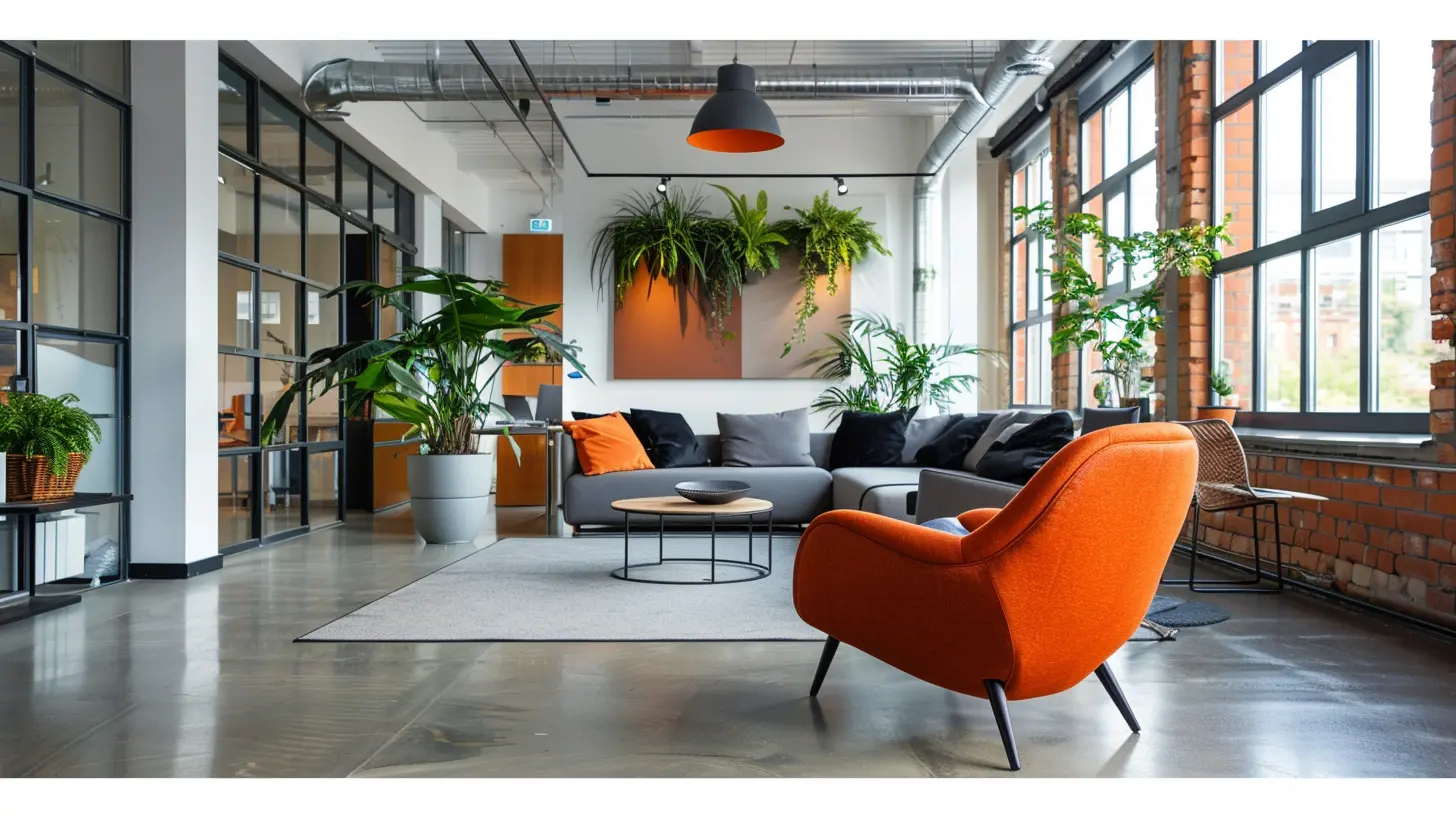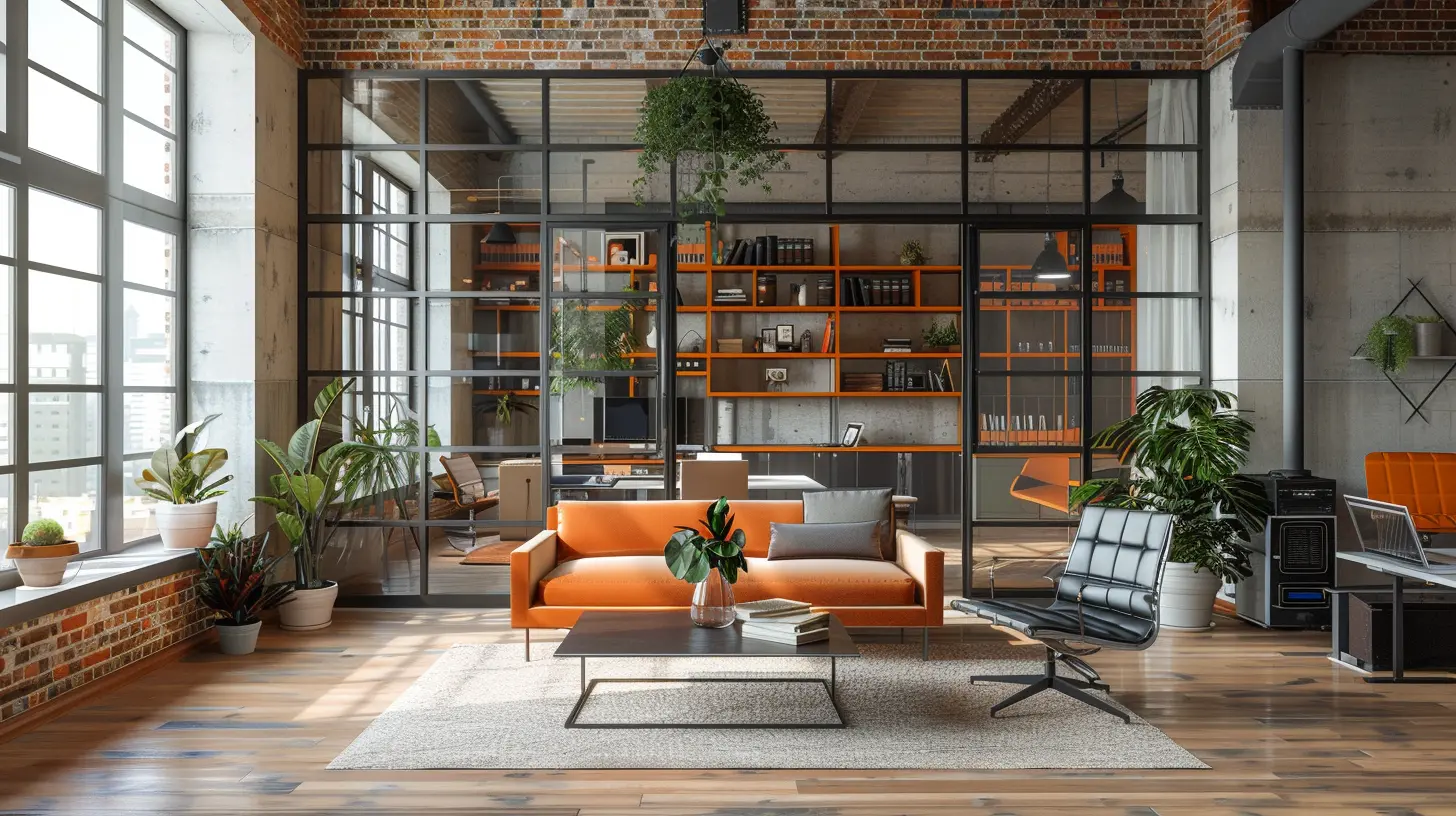Rethinking Office Space in a Hybrid Work Era
23 July 2025
It's no secret that the workplace has undergone a massive transformation over the past few years. The traditional office isn't dead, but it's definitely on life support. With remote and hybrid work models becoming the new normal, companies are scratching their heads, wondering, "Do we really need all this space?" If you're asking the same question, you're not alone.
Let’s talk about how we can rethink office space in a hybrid work era—not just to save money, but to make work better.
The Hybrid Work Shift: What Changed?
Before 2020, the phrase “work from home” often translated to “out of sight, out of mind.” Fast forward to now, and hybrid work has become a core part of workplace culture.People got a taste of working in sweatpants, enjoying the 30-second commute from bed to desk, and guess what? They liked it.
But the real game-changer is this: employees proved they could do just as much—sometimes more—from home. So now, businesses are throwing out the old rulebook and reinventing what the office means.
Why Traditional Office Layouts Aren’t Cutting It Anymore
Most offices were built with one thing in mind: everyone being there, at the same time, every weekday. Rows of desks, big meeting rooms, maybe a ping pong table thrown in for fun. That worked when people were expected to show up five days a week.Now? Not so much.
Teams are working in mixed settings. Some folks are remote, others pop in a couple of times a week. So, why waste resources on space no one is using full-time? It’s like heating a mansion when you’re only using two rooms.
Flexibility Is the New Corner Office
In today’s hybrid world, flexibility rules. Employees want options. Some days, they want deep focus at home. Other days, they crave the buzz of collaboration in the office.The companies winning right now are the ones that get this.
They're designing offices not as mandatory destinations, but as productivity hubs. Think cozy collaboration areas, bookable hot desks, and tech-enabled meeting rooms that connect in-person and virtual team members seamlessly.
The goal? Make the office worth showing up for.
Downsizing Without Downgrading
One of the biggest shifts we’re seeing is a reduction in square footage. But this isn’t just about cutting costs—it’s about using space smarter.You might not need three floors anymore. Instead, you could move to one floor packed with all the right stuff: high-tech meeting areas, quiet zones, lounges with espresso machines (because coffee matters), and flexible seating.
Less space, more function.
Remote vs. Hybrid: Why Office Space Still Matters
You might be thinking, “If people can work from anywhere, what's the point of an office at all?”Good question.
Even in a remote-friendly world, the office still plays a huge role in:
- Team culture
- Collaboration
- Brainstorming
- Training new hires
- Celebrating wins together
There’s just something about being face-to-face that builds trust and sparks creativity. But again, it has to feel intentional—not forced.
So, instead of "back to the office or else," it's about creating spaces that support why people come in, not just when.
The Rise of Office Hoteling and Hot Desking
One of the hottest trends (pun intended) is “office hoteling” or “hot desking.” These are fancy terms for a system where employees don’t have assigned desks. Instead, they book spots when they plan to be in.Think of it like booking a table at a restaurant. Only here, your table comes with Wi-Fi and a comfy chair, not a menu.
This gives employees flexibility and allows companies to reduce the number of desks they need, making better use of space.
Tech Is the Backbone of Hybrid Workspaces
Let’s get real: none of this works without solid technology.You need:
- Reliable video conferencing tools
- Seamless screen sharing
- Virtual whiteboards
- Desk and room booking apps
- Strong Wi-Fi (always)
If your meeting rooms are still stuck in the early 2000s, you’ll struggle to support a hybrid model. Tech is the glue holding remote and office workers together.
Design With Purpose, Not Just Aesthetics
Forget the ping pong table and beer fridge (unless your team still loves them, of course). Modern office design is all about creating experiences.Here’s what that means:
1. Collaborative Zones
Spaces where teams can brainstorm, plan, and problem-solve.2. Focus Rooms
Quiet zones for deep work. No distractions, no small talk… just productivity.3. Social Spaces
Good vibes fuel good work. Casual lounges or open kitchen areas boost morale and spark off-the-cuff convos.Office Culture in a Fragmented Workforce
Culture doesn’t live in buildings—it lives in people. But shared space helps keep it alive.In a hybrid world, leaders need to be intentional about creating opportunities for team bonding. That could mean:
- Monthly in-person meetups
- Team lunches
- Cross-departmental events
- Celebrations and milestones
Use the office as a way to strengthen culture—not to enforce attendance.
Cost Savings vs. Culture Investment
Short-term? Downsizing office space can save you a boatload of money.But don't just pocket those savings. Reinvest in things that matter:
- Better tech
- Employee wellness programs
- Team offsites
- Training and development
Treat your smaller office space as a springboard for a better work experience, not a bare-bones setup.
Data Is Your Best Friend
Want to know how your team actually uses office space? Track it.Use data on:
- Desk usage
- Meeting room bookings
- Employee feedback
This helps you design with intention. If nobody’s using a certain area, repurpose it. If meeting rooms are always full, add more.
Designing a hybrid office without data is like driving blindfolded. You're bound to crash.
Sustainability Gets a Boost
Smaller spaces = lower energy use.Hybrid work also reduces the need for long commutes. That means fewer gas-guzzling cars on the road and happier employees who don’t waste hours stuck in traffic.
For companies with sustainability goals, rethinking office space is a huge win. You’re not just helping the planet—you’re helping your people live better, more balanced lives.
So What Should You Do Now?
All this sounds great, but you're probably thinking: Where do I start?Here’s a simple step-by-step approach:
1. Survey your team – Find out how they work best and what they miss (or don’t miss) about the office.
2. Audit your space – Are you using it efficiently? What’s being underutilized?
3. Pilot a new layout – Test changes in a small section of the office before going all-in.
4. Invest in tech – Make sure hybrid teams can collaborate easily.
5. Reassess regularly – This isn’t a one-and-done. Keep adapting as needs evolve.
Final Thoughts: The Office Isn't Dead—It's Just Different
We’re not getting rid of the office—we’re reinventing it.Hybrid work isn't a trend. It's a shift in how we live and work. That means office spaces should evolve too.
Instead of forcing people back into cubicles, let’s build spaces that support flexibility, foster creativity, and actually make people want to be there.
Because at the end of the day, it's not about where you work—it's about how well you work. And the right space can make all the difference.
all images in this post were generated using AI tools
Category:
Business TrendsAuthor:

Caden Robinson
Discussion
rate this article
1 comments
Sawyer Hayes
Reimagining office space in a hybrid model is essential; fostering collaboration and flexibility will be key to enhancing employee productivity and satisfaction.
August 8, 2025 at 4:42 AM

Caden Robinson
Absolutely! A hybrid model that emphasizes collaboration and flexibility can significantly boost both productivity and employee satisfaction. Thank you for your insight!


